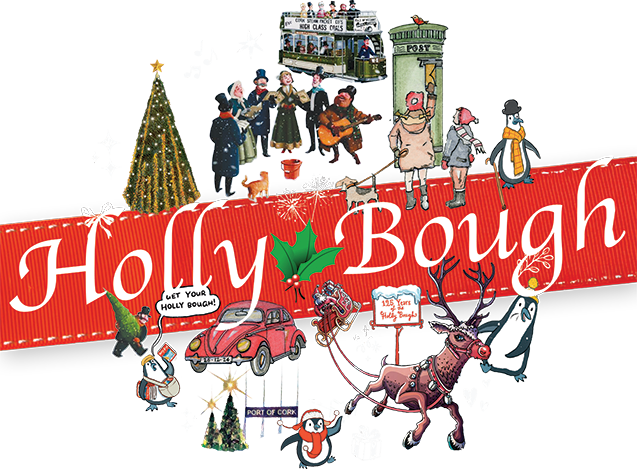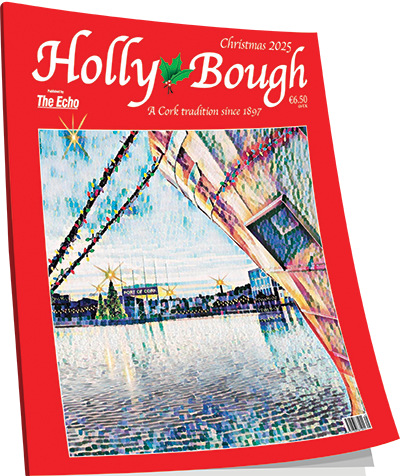Nostalgia: Castle Street – once the medieval key of Cork
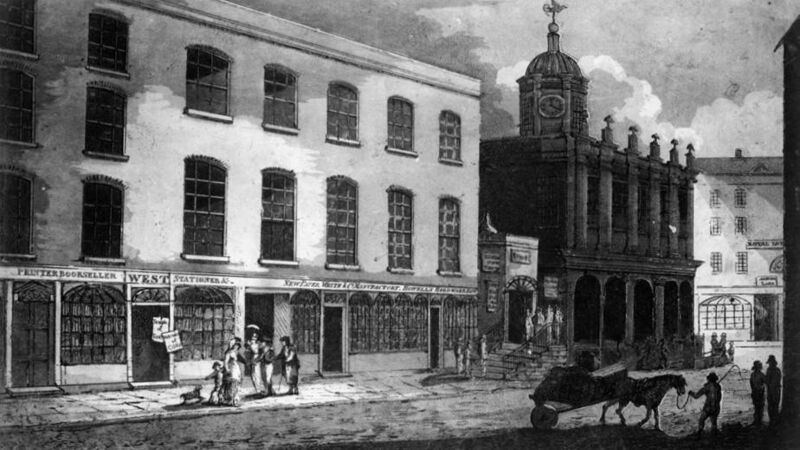
This lush romantic illustration shows a young Castle St, formerly Castle Lane (where the Medieval Key of Cork was situated) in the early years of the 18th century with its Tontine Buildings and their ground floors occupied by printers, publishing houses, booksellers’ shops, coffee shops and a tavern where merchants, writers, poets and ballad singers congregated. The western end of the street shows the ornate building of the Exchange and underneath its shadow is a sedan chair and its chairmen waiting for a fare. Picture: Courtesy Cork City Library – Historian, Michael O'Leary Collection
STROLLING along Castle Street today, it’s hard to imagine that this small thoroughfare in the heart of our thriving university city was, from the 13th to the 17th century, part of the main ‘key’ of the medieval walled city of Cork where vessels from foreign parts sailed into with the help of each high tide.
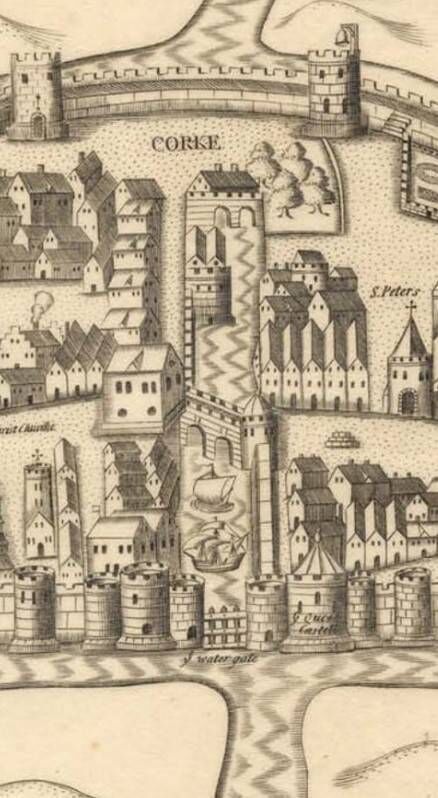
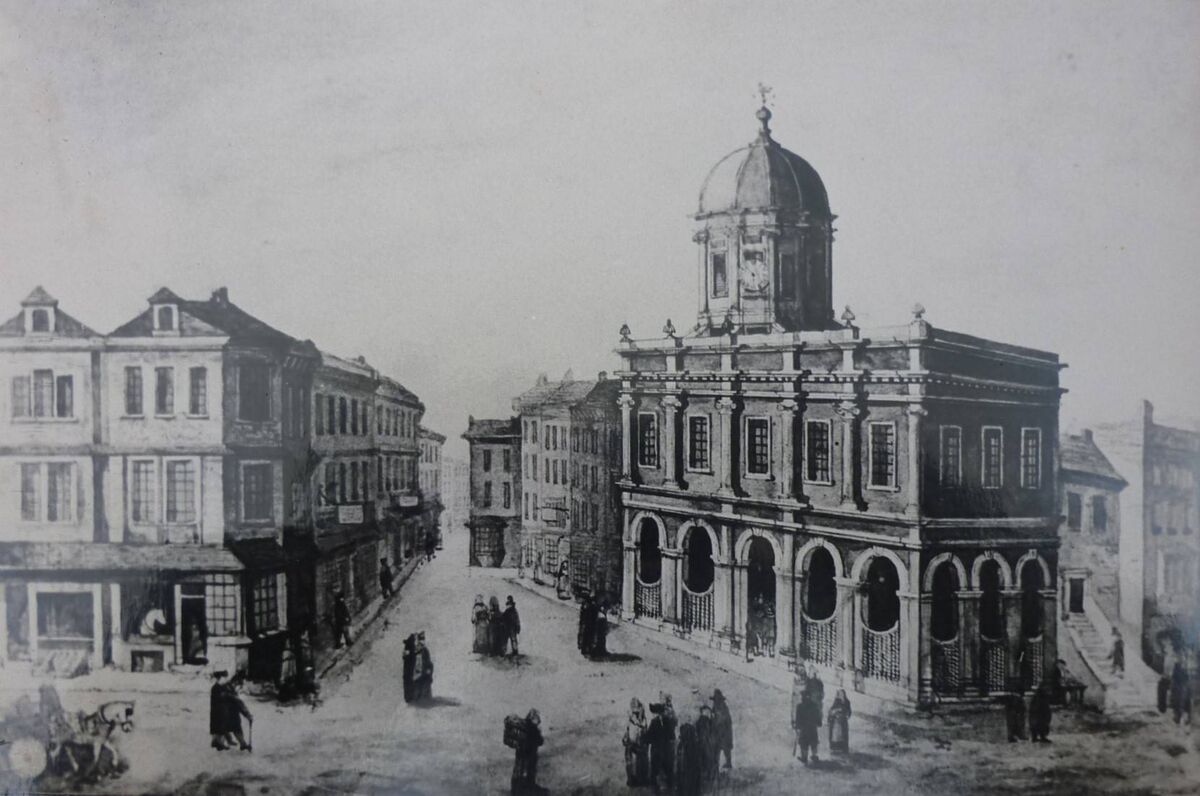


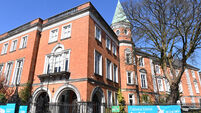




 App?
App?

